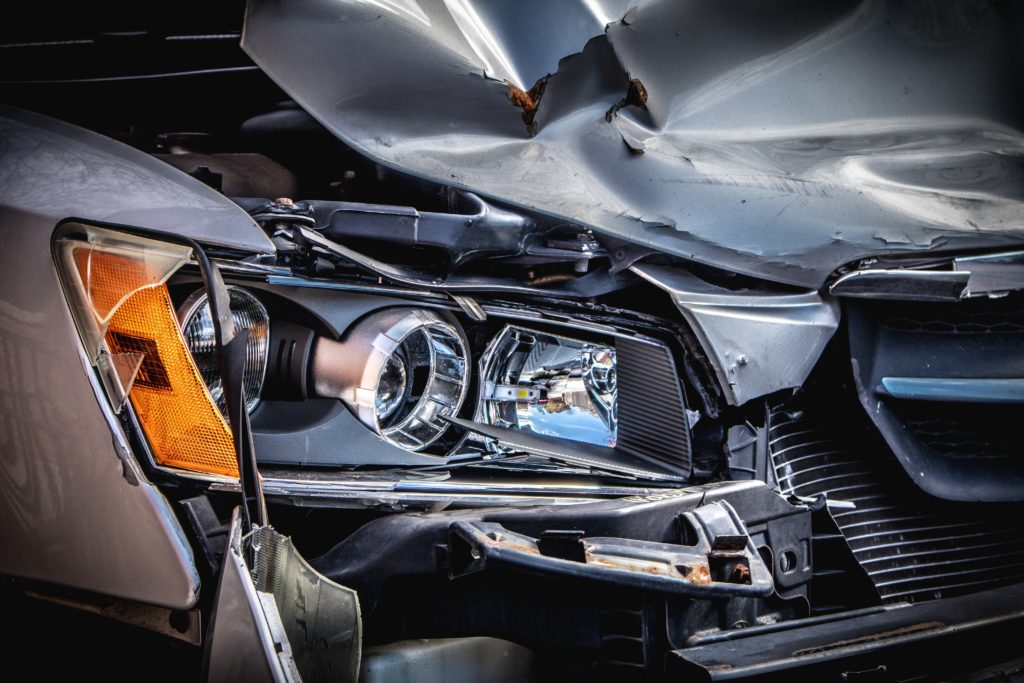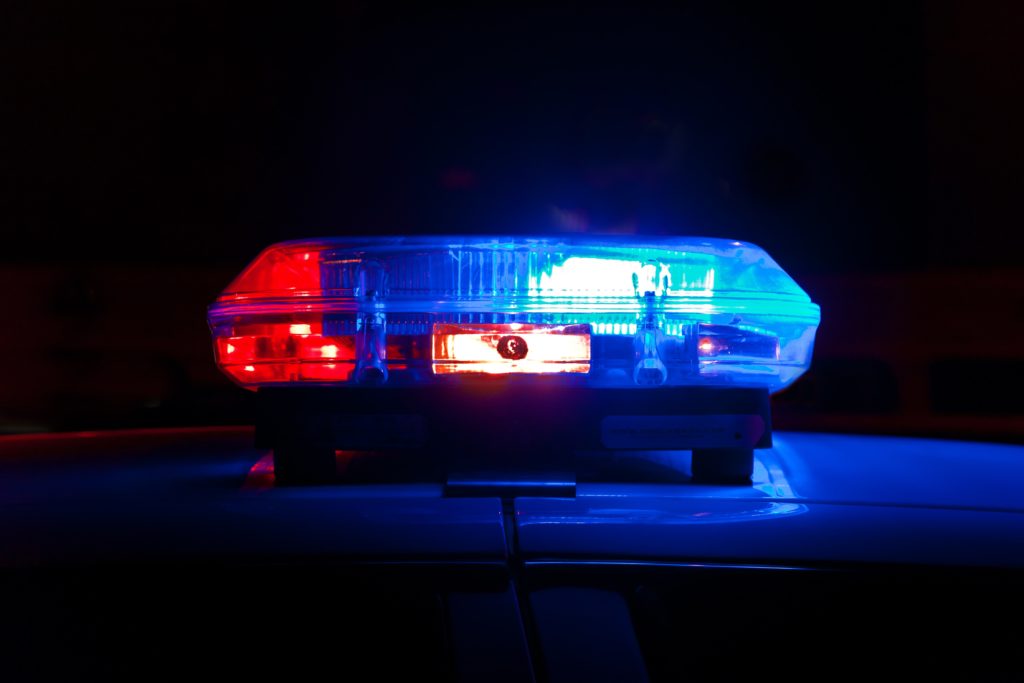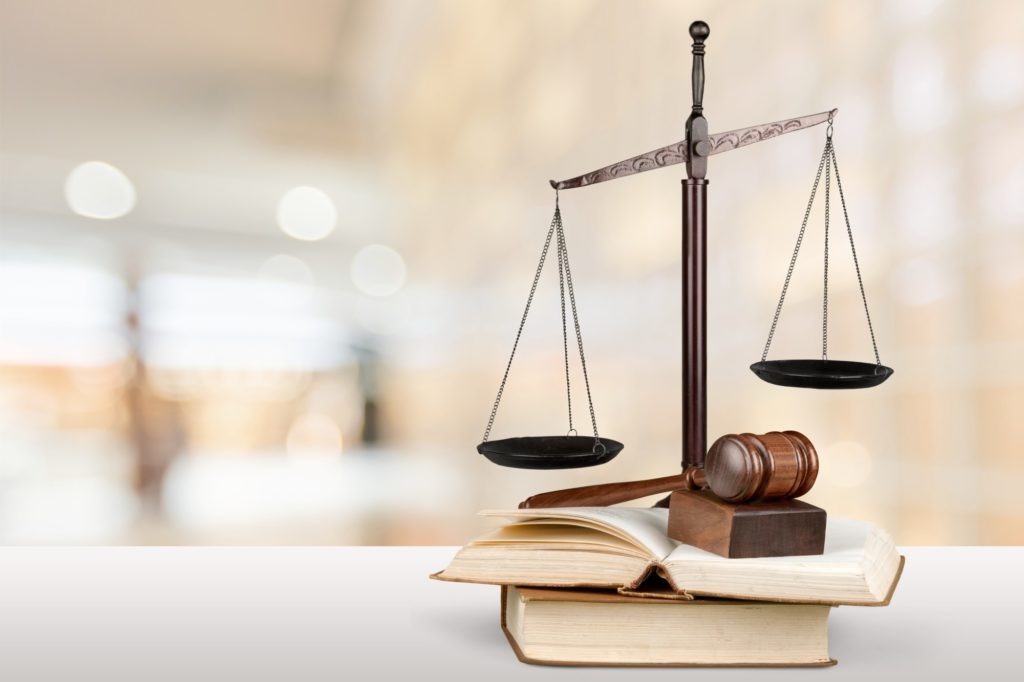How Is Fault Determined in a Car Accident?
Most people experience at least one car accident in their lifetime. When an accident happens, it’s imperative that you understand the process of proving fault. Otherwise, you may be denied the justice you deserve.
So, then, how is fault determined in a car accident? The answer isn’t so obvious.
First, understand that there’s not always one driver who’s 100% at fault. Most often, multiple drivers are partially responsible. Secondly, some states don’t assign fault at all. In these states, all accidents are covered by each driver’s insurance policy.
However, in California, it’s necessary to identify who is at fault in order to legally hold that party accountable for damages. In order to do this, the local police, insurance companies, and car accident attorneys are involved. Here is how fault is determined.
Types of Fault
In some accidents, it’s obvious which party was responsible for causing the crash, and in some cases, they will openly admit it. However, every incident is different, and sometimes fault can fall on multiple people. Here are the varying types of fault.
100% At-Fault
This is when liability cannot be argued because one person was clearly responsible for causing the accident. For example, one driver might be stopped at a red light while a distracted driver plows into them from behind. The first driver is obeying the law while the second is not. So the second driver is 100% at fault.
51% or More At-Fault
Other times, both drivers are partially to blame. To illustrate, let’s say that one driver fails to signal a turn and the driver behind them is tailgating If the cars collide, it’s because both drivers were driving recklessly.
Usually, in cases like this, one driver is more at fault than the other. This is categorized as 51% or more at fault.
In such an accident, the penalty for the at-fault driver depends on the state. Some states require the at-fault driver to cover 100% of the damages. In other states, the percentage of fault is how much that party will owe. For example, if one driver is found to be 51% at fault, then that driver will owe 51% in damages.
50/50 Fault
In some cases, fault is impossible to determine. This often happens when there are no eyewitnesses and very little evidence available.
To make matters even more difficult, each state has different laws about how to handle this situation. In some states, the drivers’ insurance companies can split the cost between both drivers. Other states don’t allow this.
When Fault Is Difficult to Determine
In the case of a 50/50-fault accident, you may also be able to settle outside of court through arbitration. This is where a third-party arbiter examines the evidence and decides who is at fault. Arbitration happens outside of the court system. Another option is to solve the matter within the courtroom via a lawsuit. For this, the drivers involved bring their evidence and accusations before a judge and jury.
All of these options require a great amount of skill/legal experience. That is, your success depends on your ability to collect evidence and negotiate. So, if you’ve been through such an accident, we highly suggest that you get legal help from a car accident attorney.
No-Fault vs At-Fault Accidents
The types of fault described pertain specifically to at-fault states. Most states belong in this category. But there are 13 no-fault states:
- Arkansas
- Delaware
- Florida
- Hawaii
- Kansas
- Massachusetts
- Michigan
- Minnesota
- New York
- North Dakota
- Oregon
- Texas
- Utah
3 additional states, New Jersey, Kentucky, and Pennsylvania, use an optional no-fault system. Drivers in these states may choose the option of at-fault insurance if desired.
No-fault states require drivers to take out a personal injury protection (PIP) policy. These policies cover the medical costs of each driver’s car crash injuries, regardless of fault. However, fault is still decided in these states. This is to determine who pays for the property damage after a car accident.
How Is Fault Determined in a Car Accident?
Essentially, fault is based on how well each driver is driving when the accident occurs. After the fact, the police and insurance companies try to evaluate if either driver was breaking any laws. This includes:
- Speed limits
- Stopping at signals or stop signs
- Signaling turns
- Following at a safe distance
- Paying attention to other vehicles
The authorities also consider whether one driver was more defensive in their driving than the other. They do this by collecting evidence through various means. These methods are:
1. One Driver Claims Fault
Admitting fault, or even a simple “sorry” after an accident is indisputably binding. In doing this, you commit to a verbal contract in which you forfeit your rights to seek damages later.
You, therefore, accept full responsibility for the accident, which includes paying for any and all damage. Never admit fault and avoid speaking to the other driver after the accident, unless it’s to exchange insurance and contact information.
2. Eyewitness Accounts
Eyewitnesses are required by law to remain at the scene until their testimonies are recorded. Try to ensure that at least one witness remains on the scene so the responding officer can collect their statement of what happened.
3. The Drivers Gather and Report Evidence
After a car accident, both drivers should record as much evidence as possible. For instance, take lots of pictures. Photograph both vehicles, tire skid marks, license plates, and all incurred damages.
Exchange contact/insurance information with the other driver, too. Afterward, submit this information to the police and your insurance company.
4. The Insurance Company Gathers Evidence
Likewise, all insurance companies involved will investigate these claims. They consider the testimonies of both drivers and eyewitnesses. Most likely, they’ll also send an adjuster to take pictures of the damages.
5. The Police Record Evidence
The police will arrive on the scene to collect evidence as well. Make sure you wait for them so they can get an accurate account of the event. The officers will also create a police report, and you will need to obtain a copy of this report for your claim.
Get Legal Help for a Car Accident in California
Do you know anyone else who’s wondering, “How is fault determined in a car accident?” If so, please share this important information with them. Furthermore, this knowledge is not a viable substitute for experienced legal counsel. For tough cases, you need professional help from an expert car accident lawyer, like Daniel Kim. Schedule a free consultation today to learn more.




